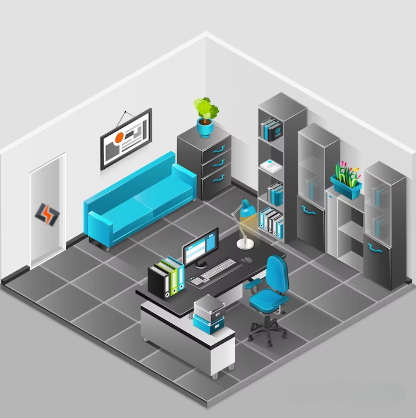INTERIORS
Interiors generally refer to the design and arrangement of spaces within buildings, homes, or other structures. Interior design involves creating functional, aesthetic, and comfortable environments that cater to the needs and preferences of the occupants. Here’s a bit more detail about interior design:
Elements of Interior Design:
- Space: How a room is organized and divided to create functional areas.
- Color: The selection and coordination of colors to create a certain atmosphere.
- Furniture: The arrangement and selection of furniture for both aesthetic and practical purposes.
- Lighting: The strategic use of lighting to enhance the space and its mood.
- Texture: The tactile qualities of surfaces and materials used in the design.
- Pattern: The repetition of design elements to create visual interest.

- Styles of Interior Design:
- Modern: Clean lines, minimalism, and a focus on function.
- Traditional: Classic and timeless design elements, often with rich colors and ornate details.
- Contemporary: A blend of current design trends, often featuring sleek lines and neutral colors.
- Industrial: Incorporates raw materials and exposed structures for a rugged, urban look.
- Scandinavian: Known for simplicity, functionality, and a light, airy feel.
- Residential vs. Commercial Interiors:
- Residential: Designing homes and private living spaces for individuals and families.
- Commercial: Designing spaces for businesses, such as offices, retail stores, restaurants, and hotels.
- Process of Interior Design:
- Programming: Understanding the client’s needs, requirements, and preferences.
- Concept Development: Creating a design concept that aligns with the client’s vision.
- Design Development: Refining the concept, selecting materials, and planning layouts.
- Documentation: Creating detailed drawings, plans, and specifications for construction.
- Implementation: Overseeing the actual construction and installation of the design elements.
- Finishing Touches: Adding final decorations, accessories, and furnishings.
- Sustainability and Well-being:
- Modern interior design often focuses on incorporating sustainable materials and energy-efficient elements.
- Design considerations for occupant well-being, such as incorporating natural light, indoor plants, and ergonomic furniture.

